 CETACEA
CETACEA CETACEA
CETACEA
| New Zealand 1988 | Chili 1987 | San Marino 1966 |
 |
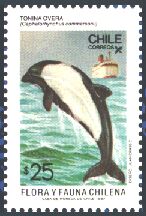 |
 |
|---|---|---|
| Killer Whale Orcinus orca (Delphinidae) |
Commerson's Dolphin Cephalorhynchus commersonii (Delphinidae) |
Common Dolphin Delphinus delphis (Delphinidae) |
| New Zealand 1988 | China 2000 | New Zealand 1988 |
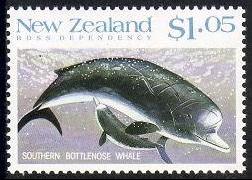 |
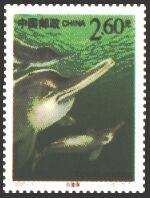 |
 |
|---|---|---|
| Southern Bottlenose Whale Hyperoodon planifrons (Ziphiidae) |
Chinese River Dolphin Lipotes rexillifer (Pontoporiidae) |
Sperm Whale Physeter macrocephalus (Physeteridae) |
| New Zealand 1988 | New Zealand 1988 | New Zealand 1988 |
 |
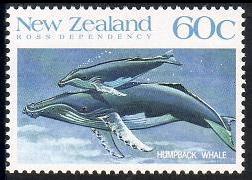 |
 |
|---|---|---|
| Southern Right Whale Eubalaena australis (Balaenidae) |
Humpback Whale Megaptera novaeangliae (Balaenopteridae) |
Blue Whale Balaenoptera musculus (Balaenopteridae) |
 |
 |
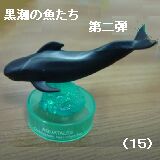 |
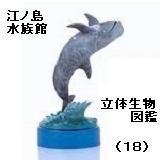 |
|---|---|---|---|
| Pacific Striped Dolphin Lagenorhynchus obliquidens (Delphinidae) (CETACEA) |
Bottlenose Dolphin Tursiops truncatus (Delphinidae) (CETACEA) |
Short-finned Pilot Whale Globicephala macrorhynchus (Delphinidae) (CETACEA) |
Risso's Dolphin Grampus griseus (Delphinidae) (CETACEA) |
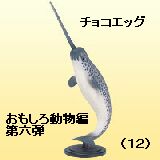 |
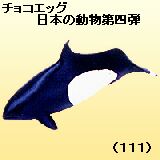 |
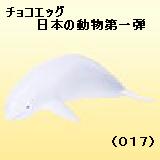 |
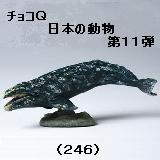 |
|---|---|---|---|
| Narwhal Monodon monoceros (Monodontidae) (CETACEA) |
Dall's Porpoise Phocoenoides dalli (Phocoenidae) (CETACEA) |
Finless Porpoise Neophocaena phocaenoides (Phocoenidae) (CETACEA) |
Gray Whale Eschrichtius robustus (Eschrichtiidae) (CETACEA) |
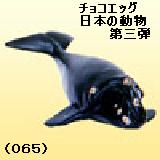 |
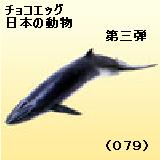 |
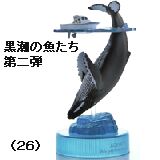 |
 |
|---|---|---|---|
| North Atlantic Right Whale Eubalaena glacialis (Balaenidae) (CETACEA) |
Bryde's Whale Balaenoptera edeni (Balaenopteridae) (CETACEA) |
Humpback Whale Megaptera novaeangliae (Balaenopteridae) (CETACEA) |
Sperm Whale Physeter macrocephalus (Physeteridae) (CETACEA) |
Cetacea lives a complete life in the water while being mamalian and cannot live in the land. Forefoot becomes like a fin, and a hind leg degenerates, and it do not see at all from the outside. A tail opens aside and it seems to become the tail and fins, but it becomes level unlike the tail and fins of fish and it move this tail up and down and advance a body. It is useful to catch the sound wave that the whole cranial bones is underwater in substitution for an ear, and it is very sensitive for a sound, and it is good, and a human being can recognize the supersonic wave that it does not seem to hear.
A common dolphin is distributed over the Atlantic, the Pacific, the Indian Ocean widely. It is a small dolphin of length approximately 2m. It is considerably fast and, on the ocean, swim with a dolphin seen most commonly and run after the back of a ship while it makes a crowd, and jumping up and down, and what play with a wave to be able to crush fore is seen. In this way it has been got close to sailors as a token of voyage security for a long time when a dolphin played in a ship. Small crowd swimming fish such as sardine or a herring eat cuttlefishs with staple food.
 NEXT
NEXT
 to Tree of Mammals
to Tree of Mammals
 to HomePage
to HomePage